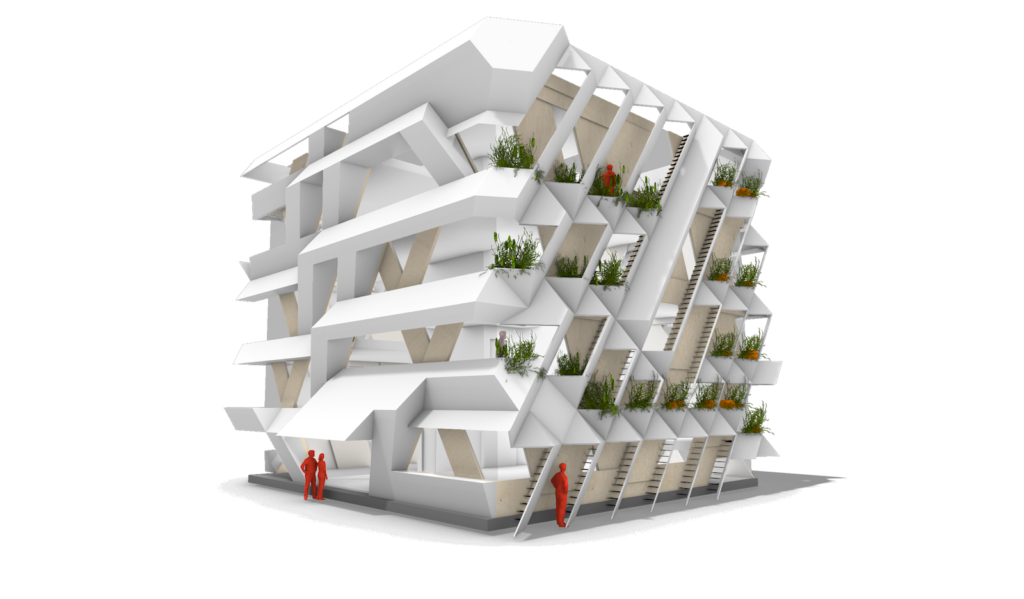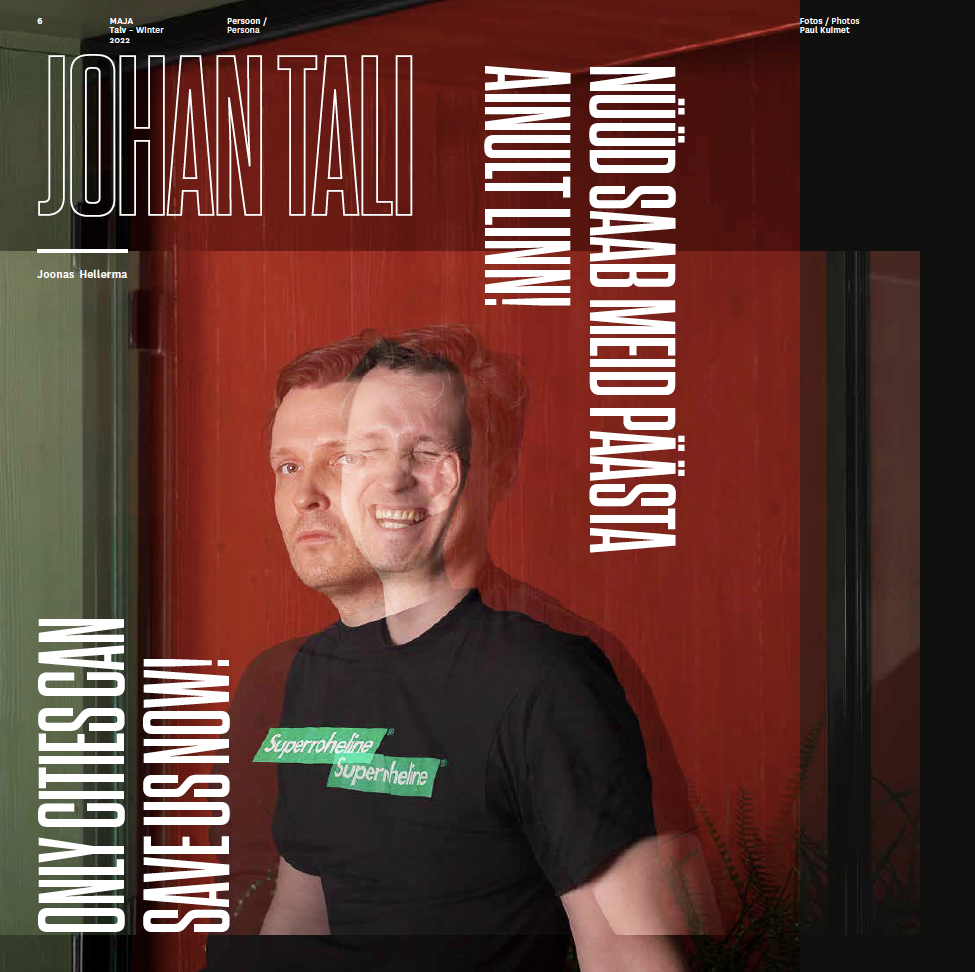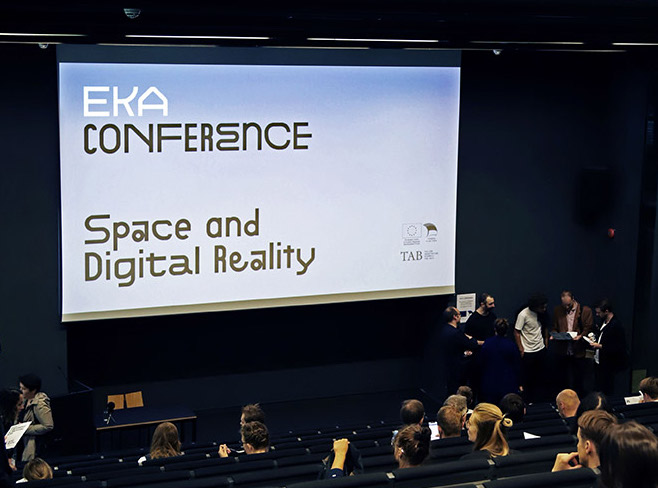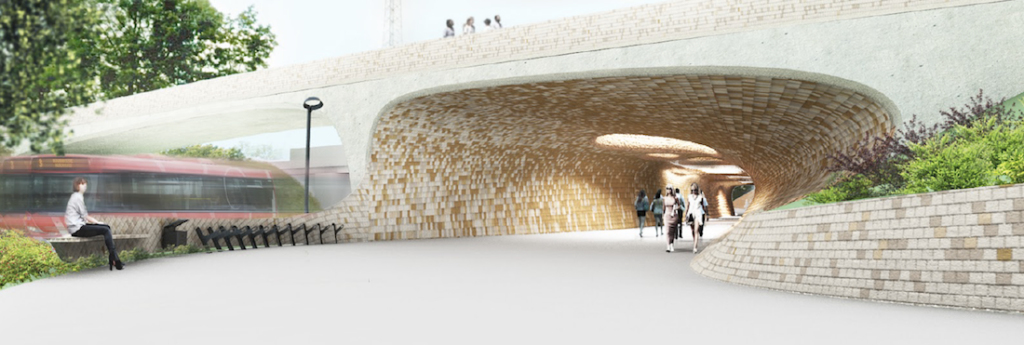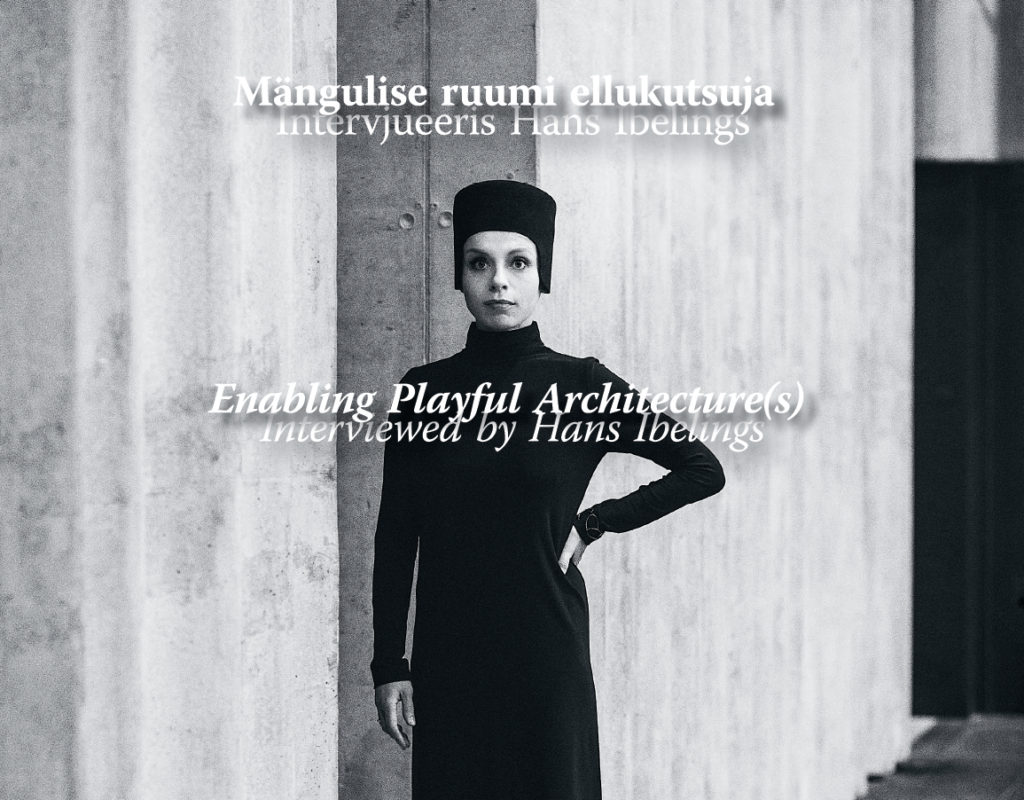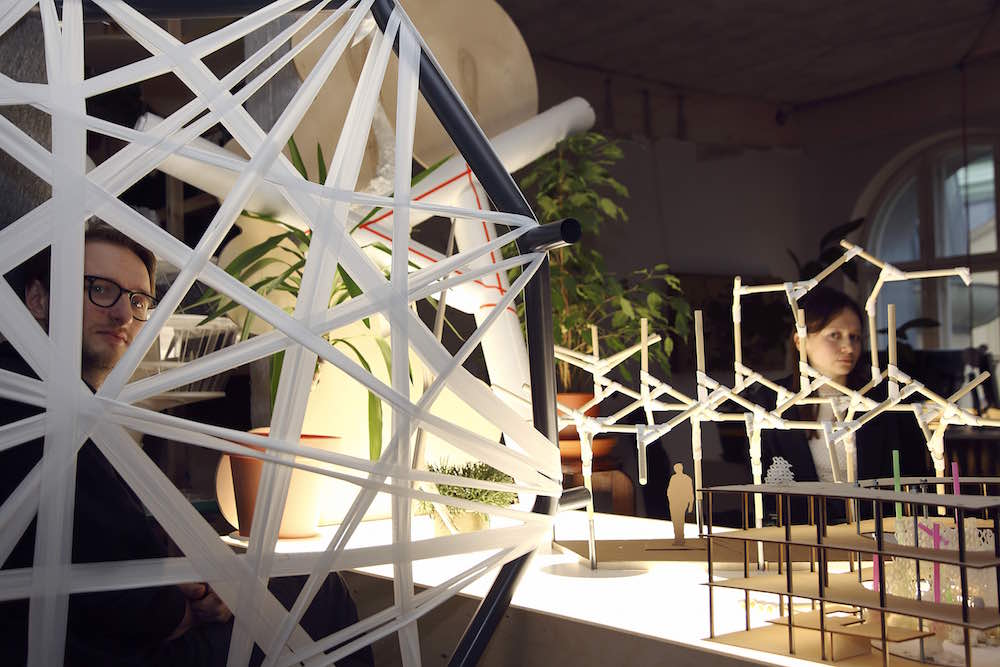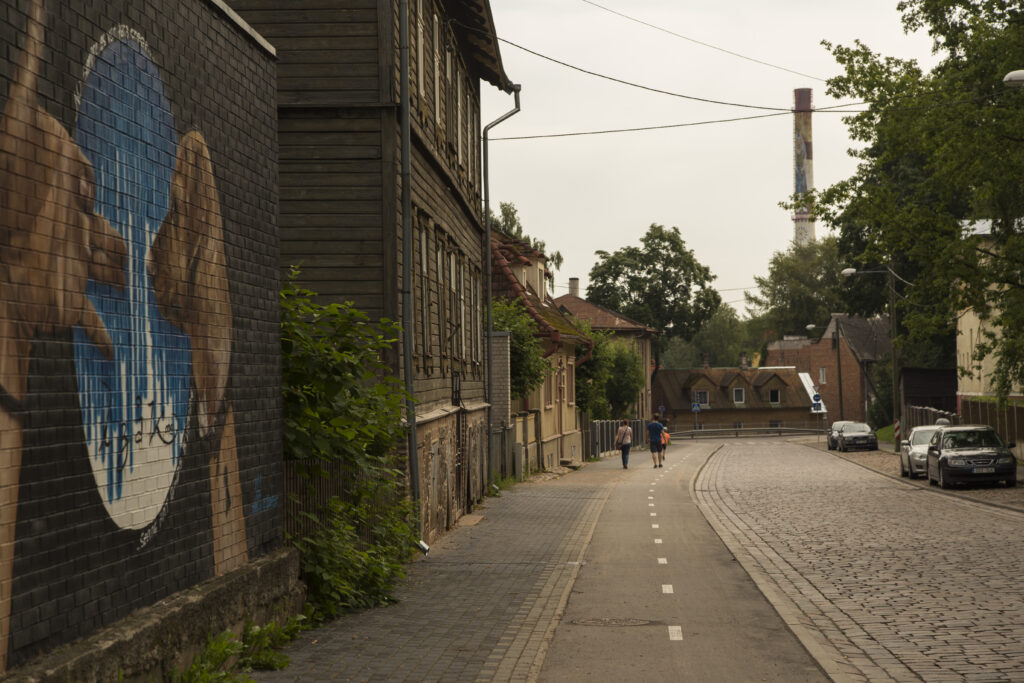This issue of Maja focusses on infrastructure, first and foremost on the architecture of street space. Good architecture creates unity, is capable of solving problems and enables what at first appear to be conflicting interests to be realised. Connections that go unmade in a[n urban] space are like missed opportunities.
There are several unique historical architectural layers in Tallinn with the short period of wooden apartment buildings constructed in 1870–1920 standing out as one of the most distinctive spans. The most captivating of the standardised projects of the time is the Lender building named after the engineer and mayor of Tallinn.1 It is an adjustable pattern-building: mostly a two-storey wooden apartment complex with a generous degree of flexibility in layout and volume thus allowing the construction of bespoke houses.
Johan Tali is the winner of the 2021 Young Architect Award from the Estonian Association of Architects. He earned this distinction for his wide-ranging activities as an architect, curator, lecturer and populariser of architectural topics.
The top-level conference held at the Estonian Academy of Arts during the Tallinn Architecture Biennale dealt with the effect of digitality on architecture, production processes and society.
How to make a traffic junction that currently spurns carless commuters more inviting and enjoyable? Is it possible to achieve this with the help of road user capacity, distance, decibels or lumens? Or perhaps architecture has some kind of role that cannot be measured in numbers but which will accomplish the desired goal?
For Veronika Valk-Siska, architecture neither begins nor ends with a design or a building. Her career in architecture until now can be read as a reflection of an increasingly expansive understanding of what architecture could be.
A research project at the Estonian Academy of Arts brings together local timber house manufacturers, digitally skilled architects and engineers to collaborate for more efficient and structurally intelligent architecture.
It was not easy to aim for a better public space and more human-friendly and diverse street space. Creating an aesthetic city space and a functioning whole was an even more elusive task. It was difficult to explain to the mayor back then what I meant by social space. This combination of words probably gave him a different kind of idea, since the Social Democrats were still in opposition back then. And because all of these ideas were from the point of view of those who actually use urban space (in other words those who don't use cars), many thought they would inhibit progress.


